
The Revolution of Serverless Architecture: Unleashing the Power
by Irina KedyarovaSeptember 27th, 2023
Summary
What is Serverless architecture?
What are the features of Serverless architecture?
How does Serverless architecture work?
How to create serverless architecture?
Why use serverless architecture?
What are examples of Serverless architectures?
What is the difference between serverless and Microservices?
FAQs
Scroll to read all the article.
What is Serverless architecture?
Serverless architecture, also known as Function as a Service (FaaS), is a cloud computing model that allows developers to build and run applications without the need to manage traditional servers. In a serverless environment, developers focus solely on writing code in the form of functions, which are designed to perform specific tasks or execute code snippets.
Serverless architecture provides several benefits, including cost-efficiency, scalability, and enhanced developer productivity. It eliminates the need for businesses to provision and manage servers, reducing infrastructure costs. Additionally, developers can focus on writing code and building features, rather than dealing with server maintenance.
Serverless architecture has various use cases, including building web applications that can scale effortlessly based on user demand, processing real-time data streams for IoT and data analytics, and creating backend services for mobile apps, reducing development time and cost.
Why is it called serverless?
The term "serverless" in Serverless architecture can be somewhat misleading, as it doesn't mean that servers are completely absent. Instead, it reflects a fundamental shift in the way developers interact with and think about servers.
It's called "serverless" for a few reasons:
Abstraction of Servers:
Serverless architecture abstracts the server management layer away from developers. They no longer need to worry about the underlying infrastructure; the cloud provider takes care of it.
Pay-as-You-Go Model: With serverless computing, you pay only for the computing resources consumed during the execution of functions. In contrast to traditional server hosting, where you pay for server uptime regardless of whether your application is actively serving requests or not, serverless follows a pay-as-you-go model.
Focus on Functions: Serverless computing emphasizes writing code in the form of functions. Developers focus on creating these functions, which are designed to execute specific tasks in response to events.
What are the features of Serverless architecture?
Serverless architecture is characterized by several key features that distinguish it from traditional server-based computing models. These features highlight the advantages and principles of serverless architecture:
1. No Server Management:
In serverless, developers are freed from the responsibility of provisioning, configuring, and managing servers. The cloud provider handles all server-related tasks, including hardware provisioning, operating system maintenance, and server scaling.
2. Event-Driven:
Serverless functions are triggered by events, such as HTTP requests, database changes, or file uploads. They execute in response to these events, making serverless architecture inherently event-driven and highly responsive.
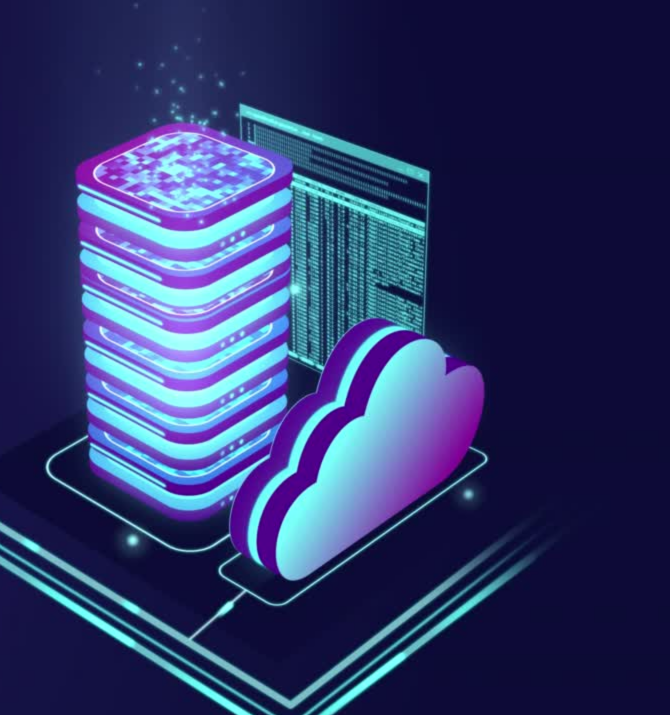
3. Stateless Functions:
Serverless functions are stateless, meaning they don't retain information between executions. This design simplifies scaling because new instances of functions can be created as needed without worrying about shared state.
4. Automatic Scaling:
Serverless platforms offer automatic scaling. As the workload increases, additional function instances are spun up to handle the load. Conversely, when demand decreases, unused instances are de-provisioned, resulting in cost savings.
5. Pay-as-You-Go Billing:
Serverless follows a pay-as-you-go pricing model. Users are billed based on the actual compute resources consumed during function execution, rather than paying for fixed server uptime. This cost-efficiency is a significant benefit.
6. Microservices-Friendly:
Serverless architecture aligns well with microservices principles. Developers can create individual functions for specific tasks, facilitating modularity and making it easier to manage complex applications.
7. Scalability:
Serverless is highly scalable. Applications built on serverless architecture can handle varying workloads, from a few requests per second to thousands or more, without manual intervention.
8. Rapid Development:
Serverless accelerates development by allowing developers to focus on writing code and building features, rather than managing infrastructure. This results in shorter development cycles and faster time-to-market.
9. Multi-Cloud and Vendor Agnostic:
Many serverless offerings are available across different cloud providers, making it possible to build applications that are vendor-agnostic. This reduces the risk of vendor lock-in.
10. Built-in High Availability:
Serverless platforms typically offer built-in high availability and fault tolerance. Functions are distributed across multiple data centers, ensuring that applications remain available even in the face of hardware failures.
11. Serverless Ecosystem:
Serverless architecture is supported by a rich ecosystem of tools and services for monitoring, logging, security, and more. This ecosystem enhances the development and operation of serverless applications.
12. Event-Driven Ecosystem:
Serverless often integrates with various event sources and services, allowing developers to build complex workflows and event-driven applications easily.
These features collectively make serverless architecture an attractive choice for businesses and developers looking to build scalable, cost-effective, and highly responsive applications while minimizing the overhead associated with server management.
How does Serverless architecture work?
Serverless architecture works by abstracting server management away from developers and allowing them to focus solely on writing code for individual functions. These functions are designed to execute specific tasks in response to events or triggers. Here's how Serverless architecture works step by step:
1) Function Creation:
Developers define functions that contain the code to perform specific tasks. These functions are stateless, meaning they don't retain information between executions. Functions can be written in various programming languages, depending on the serverless platform's support.
2) Event Triggers:
Events, such as HTTP requests, database changes, file uploads, or scheduled events, trigger the execution of functions. Events are typically external to the function and are the driving force behind serverless applications. When an event occurs, the associated function is invoked to process the event.
3) Function Invocation:
The serverless platform manages the invocation of functions in response to events. It automatically provisions and manages the infrastructure needed to execute the function, including computing resources and execution environments.
4) Auto-Scaling:
Serverless platforms offer automatic scaling. As the workload increases, the platform creates additional instances of the function to handle the load. This ensures that applications remain responsive during traffic spikes. Conversely, when demand decreases, unused instances are de-provisioned, minimizing costs.
5) Execution:
The function is executed in an isolated environment, which is separate from other function instances. It performs its designated task, which can range from data processing to database queries, image resizing, or API responses.
6) Resource Allocation:
The serverless platform allocates the necessary resources, such as CPU and memory, based on the function's configuration and requirements. Developers can specify these resource settings to optimize function performance.
7) Billing:
Users are billed based on the actual compute resources consumed during function execution, typically measured in milliseconds. This pay-as-you-go billing model is cost-effective, as it eliminates the need to pay for server uptime.
8) Result and Response:
After executing the task, the function returns a result or response. For example, an HTTP-triggered function might return an HTTP response to the client, while a data processing function may save the processed data to a database or generate an output file.
9) Logging and Monitoring:
Serverless platforms often provide built-in logging and monitoring tools, allowing developers to track the performance and behavior of their functions. This data helps troubleshoot issues and optimize function execution.
10) High Availability:
Serverless platforms typically offer high availability by distributing functions across multiple data centers or availability zones. This ensures that applications remain accessible even in the event of hardware failures.
11) Event-Driven Workflow:
Developers can create event-driven workflows by chaining together multiple functions and event sources. This allows the creation of complex applications with loosely coupled components.
12) Vendor-Specific Services:
Serverless platforms often integrate with other cloud services, enabling functions to interact with databases, storage, authentication, and more. Developers can leverage these services to build comprehensive applications.
In summary, serverless architecture abstracts server management, automatically scales functions based on demand, and charges users only for the resources consumed during function execution. This event-driven, cost-efficient model simplifies development, accelerates time-to-market, and is well-suited for a wide range of applications and use cases.
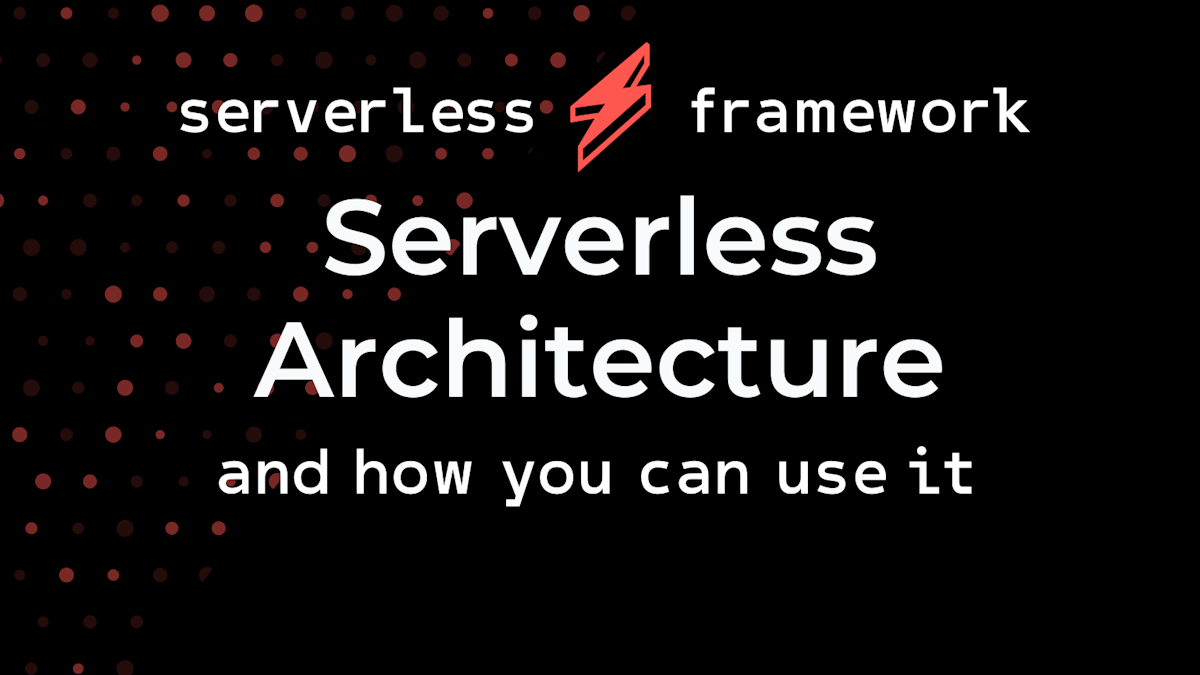
How to create serverless architecture?
Creating a serverless architecture involves several steps to design, develop, and deploy serverless functions that collectively form your application. Here's a high-level guide on how to create a serverless architecture:
1) Define Your Application Requirements:
Start by clearly defining the requirements of your application. Identify the specific tasks or functions that need to be performed. Consider the triggers or events that will initiate these functions.
2) Choose a Serverless Platform:
Select a serverless platform or cloud provider that suits your needs. Popular options include AWS Lambda, Azure Functions, Google Cloud Functions, and more. Consider factors like language support, ecosystem, and pricing.
3) Design Your Functions:
For each task identified in step 1, design serverless functions. Write the code that accomplishes the task. Functions should be stateless, meaning they don't rely on shared data or resources between executions.
4) Configure Event Sources:
Define the event sources or triggers that will invoke your functions. These could be HTTP requests, database changes, file uploads, scheduled events, or custom events generated by other services.
5) Set Resource Allocation:
Configure the computing resources for each function, including CPU power and memory allocation. This step ensures that functions have sufficient resources to execute efficiently.
6) Implement Business Logic:
Write the business logic within each function. This code performs the task associated with the function. Ensure that error handling and exception management are robust.
7) Test Locally:
Before deploying, test your functions locally using a serverless framework or emulator provided by your chosen platform. This allows you to catch and resolve issues early.
8) Package Dependencies:
If your functions have dependencies on external libraries or modules, package them together with your code. Ensure that your deployment package is optimized for performance and size.
9) Deploy Functions:
Deploy your functions to the serverless platform of your choice. Most platforms provide web interfaces, CLI tools, or SDKs to facilitate deployment. Upload your code, specify event triggers, and configure runtime settings.
10) Set Permissions and Security:
Define access permissions and security policies for your functions. Specify who can invoke the functions and what resources they can access. Implement authentication and authorization mechanisms as needed.
11) Monitor and Log:
Set up monitoring and logging to track the performance and behavior of your functions. Use built-in tools or integrate with external monitoring services to gain insights into function execution.
12) Test End-to-End:
Test your entire serverless application end-to-end, including the interactions between functions and event triggers. Ensure that it behaves as expected under various scenarios.
13) Optimize for Cost and Performance:
Continuously monitor the resource utilization of your functions and adjust resource allocation as needed to optimize both cost and performance. Consider using cost analysis tools provided by the platform.
14) Scale Automatically:
Rely on the serverless platform's auto-scaling capabilities to handle increased workloads. This ensures that your application remains responsive during traffic spikes.
15) Backup and Disaster Recovery:
Implement backup and disaster recovery strategies to safeguard your data and application in case of unexpected failures or data loss.
16) Documentation and Maintenance:
Document your serverless architecture, including function descriptions, event triggers, and dependencies. Establish a maintenance plan to address updates, security patches, and functional enhancements.
17) Scaling Strategies:
Consider strategies for handling scaling issues, such as optimizing cold start times, managing concurrent executions, and implementing circuit breakers.
18) Cost Management:
Continuously monitor your serverless costs and explore ways to optimize spending, such as utilizing cost-effective storage options and exploring reserved capacity pricing if available.
19) Security Best Practices:
Stay updated with security best practices for serverless architecture. Implement encryption, access controls, and regular security audits to protect your application and data.
20) Backup and Data Retention:
Define backup and data retention policies to ensure data integrity and compliance with regulations.
Creating a serverless architecture is an iterative process that involves continuous monitoring, optimization, and adaptation to evolving requirements. By following these steps and best practices, you can build a resilient and cost-effective serverless application that meets your business needs.
Why use serverless architecture?
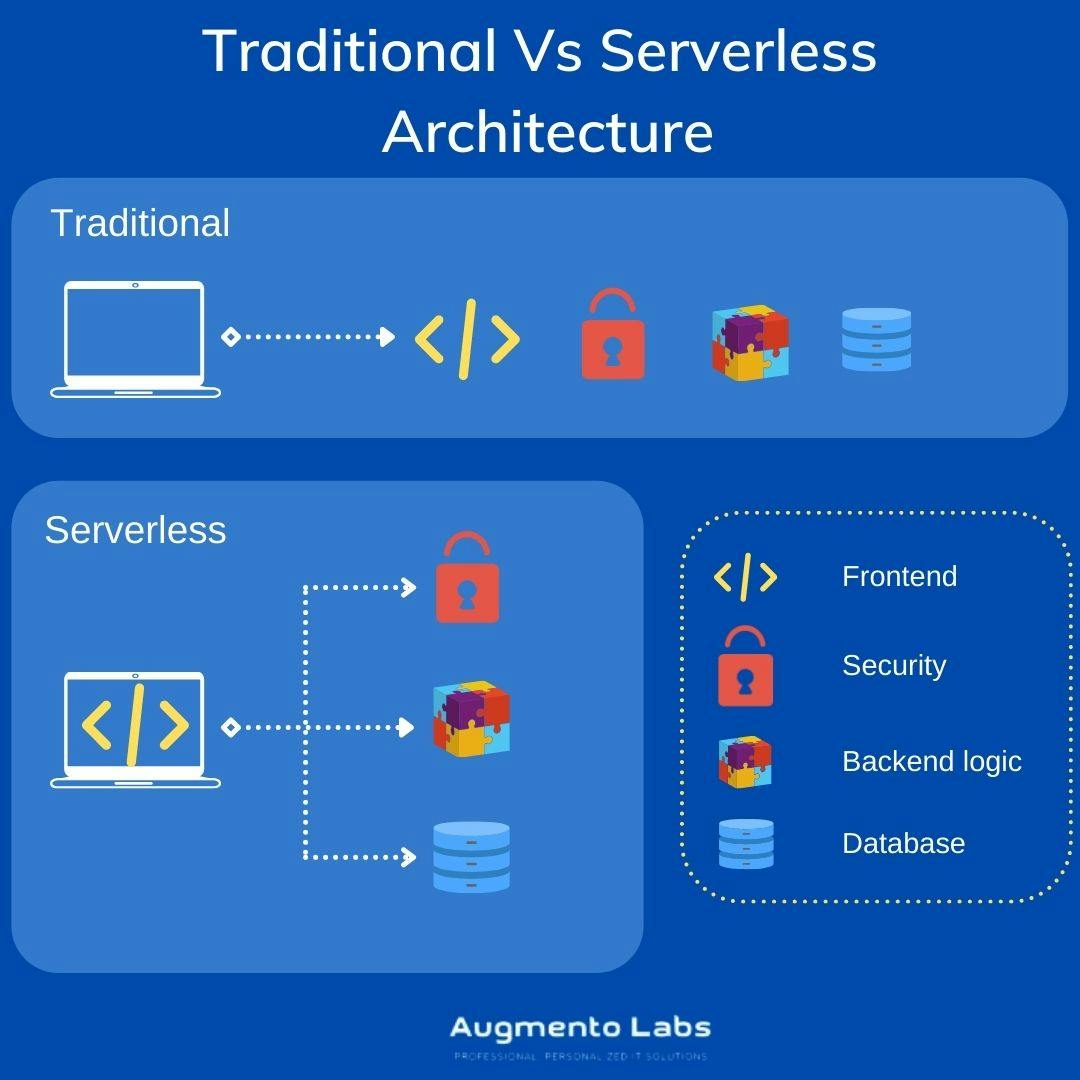
Serverless architecture offers several compelling reasons for its adoption, making it an attractive choice for a wide range of applications and use cases. Here are some key reasons to use serverless architecture:
1) Cost-Efficiency:
Pay-as-You-Go Model: Serverless platforms charge users based on the actual compute resources consumed during function execution, leading to cost savings compared to traditional server-based hosting, where you pay for server uptime.
Reduced Overhead: Eliminating the need to manage servers, including provisioning, maintenance, and scaling, lowers infrastructure costs and operational overhead.
2) Scalability:
Automatic Scaling: Serverless platforms offer automatic scaling, allowing applications to handle varying workloads without manual intervention. Functions scale up or down in response to incoming requests or events.
High Concurrency: Serverless functions can handle a large number of concurrent executions, making them suitable for applications with unpredictable or bursty traffic.
3) Rapid Development:
Faster Time-to-Market: Developers can focus on writing code and building features instead of dealing with server management, accelerating the development cycle.
Microservices: Serverless architecture aligns well with microservices principles, enabling the creation of modular and independently deployable functions.
4) Simplified Operations:
Server Management Abstraction: Serverless abstracts server management, reducing the complexity of infrastructure provisioning, maintenance, and security management.
Built-In High Availability: Serverless platforms often provide built-in high availability and fault tolerance, reducing the need for complex redundancy setups.
5) Event-Driven and Responsive:
Event-Driven: Serverless functions are triggered by events or event sources, allowing applications to respond immediately to changes or incoming requests.
Real-Time Processing: Serverless is well-suited for real-time data processing, making it valuable for IoT, analytics, and chat applications.
6) Economical for Low to Moderate Workloads:
Ideal for Sporadic Tasks: Serverless is cost-effective for tasks that don't require continuous server availability, making it suitable for applications with intermittent usage patterns.
7) Vendor-Agnostic Solutions:
Multi-Cloud Deployments: Many serverless offerings are available across multiple cloud providers, reducing vendor lock-in risks and providing flexibility in choosing the right cloud platform.
8) Efficient Resource Utilization:
Resource Allocation: Serverless platforms allocate resources based on function requirements, optimizing resource utilization and ensuring that functions have the necessary resources to execute efficiently.
9) Seamless Integration with Cloud Services:
Integration Ecosystem: Serverless platforms offer integrations with various cloud services, enabling functions to interact with databases, storage, authentication, messaging, and more.
Simplified APIs: Serverless can simplify the creation of APIs and microservices, facilitating communication between application components.
10) Focus on Business Logic:
Developer Focus: Developers can concentrate on writing business logic and crafting code that directly delivers value to users, rather than managing infrastructure.
11) Global Reach:
Serverless platforms often provide global distribution, ensuring that applications can be deployed close to end-users for low-latency access.
12) Cost Transparency and Optimization:
Detailed Billing: Serverless platforms provide detailed billing information, enabling users to monitor and optimize costs effectively.
In summary, serverless architecture offers cost-efficiency, scalability, rapid development, and simplified operations. It is well-suited for applications with varying workloads, real-time requirements, and the need for efficient resource utilization. By leveraging serverless, organizations can focus on innovation and delivering value to users while minimizing infrastructure management complexities.
What are examples of Serverless architectures?
Serverless architectures find applications in various scenarios across different industries. Here are some common examples of serverless architecture use cases:
1) Web Applications: Serverless is popular for building web applications, especially those with varying and unpredictable traffic patterns. For instance, an e-commerce site can use serverless functions to handle user registration, authentication, and order processing. This scalability ensures that the application remains responsive during high-demand periods.
2) Real-Time Data Processing: Serverless architecture is well-suited for processing real-time data streams. Internet of Things (IoT) devices, sensors, and mobile apps often generate continuous streams of data. Serverless functions can efficiently process and analyze this data in real-time, making it valuable for industries like logistics, smart cities, and healthcare.
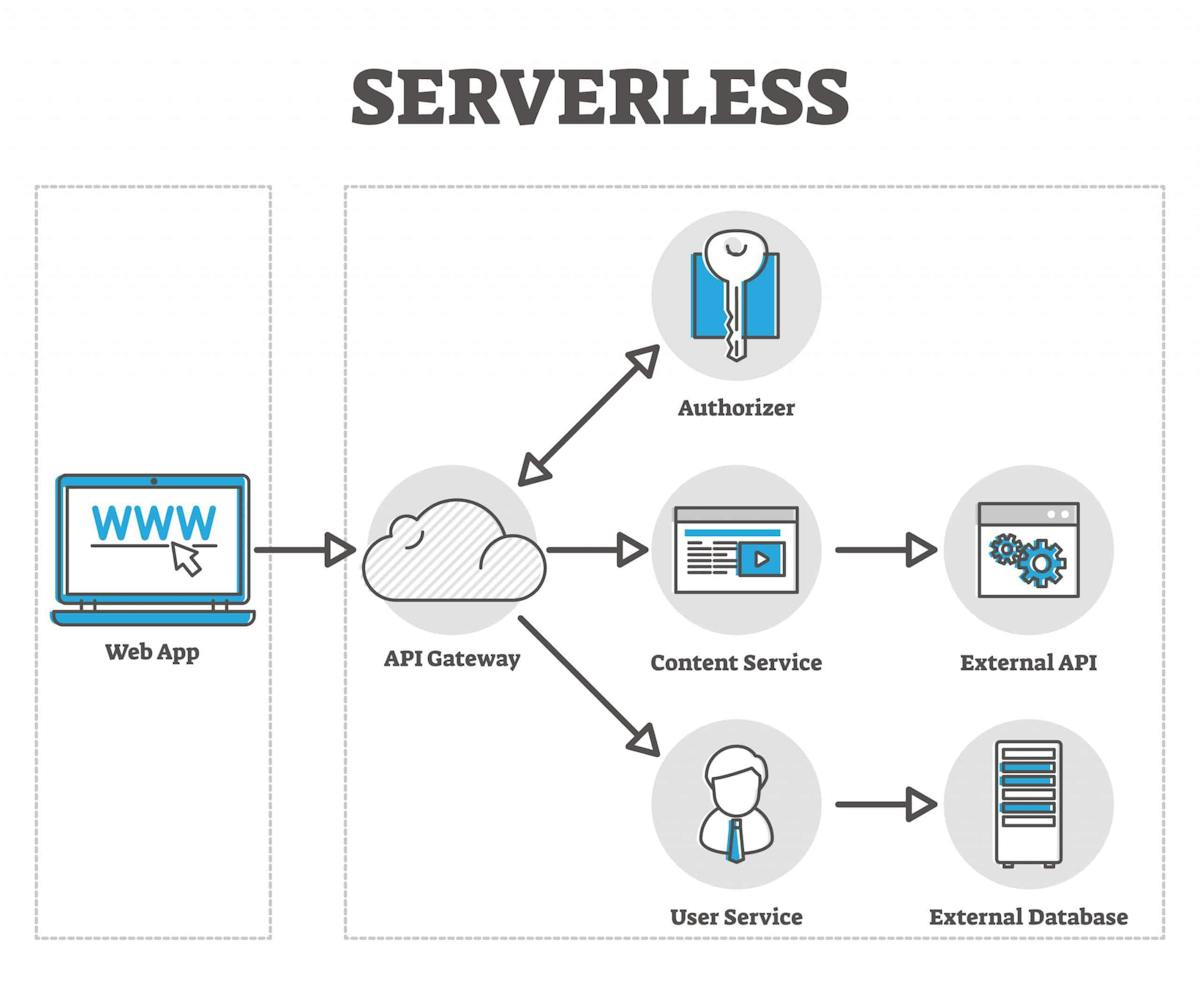
3) Backend Services for Mobile Apps: When developing mobile applications, serverless can serve as the backend for handling user authentication, push notifications, and data synchronization. This approach reduces development time and cost, allowing developers to focus on the app's frontend.
4) Chatbots and Virtual Assistants: Serverless is ideal for creating chatbots and virtual assistants that respond to user inquiries or perform specific tasks. These conversational agents can be integrated into websites, messaging platforms, and customer support systems.
5) Data Processing and ETL (Extract, Transform, Load): Serverless functions can be used for data processing tasks such as data extraction, transformation, and loading. They are particularly useful for organizations that need to process and analyze large volumes of data without investing in dedicated infrastructure.
6) Image and Video Processing: Media-rich applications often require image and video processing capabilities. Serverless functions can resize images, transcode videos, or apply filters on the fly, enhancing user experience.
7) Scheduled Jobs and Cron Tasks: Serverless functions can be scheduled to run at specific times or intervals. This is valuable for automating tasks like generating reports, sending emails, or performing regular database maintenance.
8) Authentication and Authorization: Serverless can handle user authentication and authorization for applications. It can integrate with identity providers like OAuth2, ensuring secure access to resources.
9) IoT Data Ingestion: Serverless is a suitable choice for ingesting data from IoT devices into databases or data warehouses. It can efficiently handle the high volume of incoming data generated by IoT sensors.
10) Serverless APIs: Serverless can power the backend of APIs, allowing developers to create scalable and cost-effective APIs for their applications. These APIs can be used for various purposes, such as delivering content, enabling third-party integrations, or facilitating microservices communication.
These examples illustrate the versatility of serverless architecture in addressing a wide range of use cases, from web applications and data processing to automation and integration. Serverless technology continues to evolve, enabling developers and organizations to build more efficient, scalable, and cost-effective solutions.
What is the difference between Serverless and Microservices?
Serverless and microservices are both architectural approaches that offer benefits for building scalable and modular applications, but they have distinct differences in terms of their core principles and implementation. Here's a comparison of serverless and microservices:
1. Resource Management:
Serverless:
Serverless abstracts server management entirely. Developers focus solely on writing code in the form of functions, with no concern for provisioning or managing servers.
Serverless platforms handle resource allocation and scaling automatically based on the demand, ensuring that functions have the necessary resources to execute efficiently.
Microservices:
Microservices involve breaking down an application into smaller, independently deployable services. Each microservice can run on its own server or container.
Developers have more control over the underlying infrastructure, as they are responsible for managing the servers or containers where microservices run.
2. Scaling:
Serverless:
Serverless platforms offer automatic scaling. Functions can scale up or down in response to incoming requests or events.
Scaling is granular, happening at the function level. Each function can independently scale based on its specific workload.
Microservices:
Microservices can be independently scaled, but this typically involves manual or semi-automatic configuration.
Scaling happens at the service level, meaning that if one part of a microservices-based application requires more resources, the entire service (and possibly all related microservices) must be scaled.
3. Development Focus:
Serverless:
Serverless allows developers to concentrate solely on writing code and building functions. Server management is abstracted away, enabling rapid development.
Functions are stateless and single-purpose, which can simplify development.
Microservices:
Microservices require developers to manage the infrastructure for their services, which includes server provisioning, networking, and load balancing.
Developers have greater control over the architecture but must also handle more operational tasks.
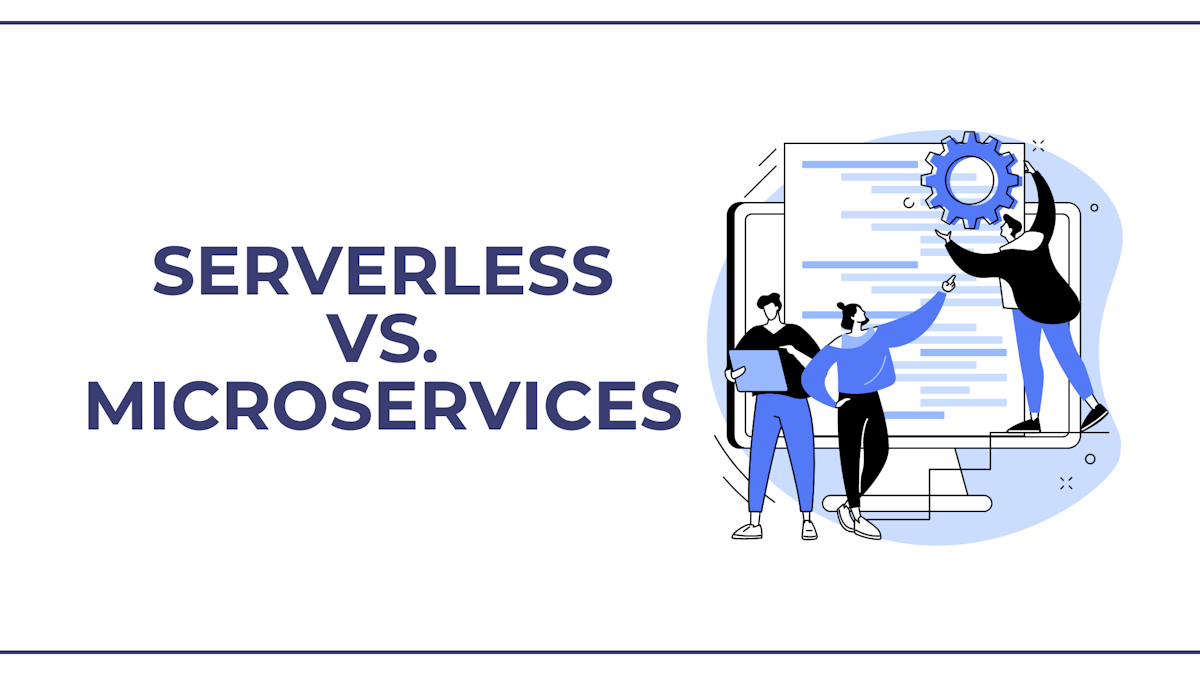
4. Cost Model:
Serverless:
Serverless follows a pay-as-you-go model. Users are billed based on the actual compute resources consumed during function execution.
It can be cost-effective for sporadic workloads and applications with unpredictable traffic patterns.
Microservices:
The cost model for microservices depends on how resources are provisioned and managed. Users pay for servers or containers, regardless of whether they are fully utilized.
5. Scalability Granularity:
Serverless:
Serverless offers fine-grained scaling. Each function can scale independently based on its specific usage patterns.
Ideal for applications with varying workloads and bursty traffic.
Microservices:
Microservices typically have coarser-grained scaling. Scaling involves adjusting the number of containers or servers that host a microservice.
Well-suited for applications where individual services have consistent and predictable resource needs.
6. Complexity:
Serverless:
Serverless can reduce infrastructure management complexity, making it easier to get started and scale applications quickly.
Well-suited for smaller teams and startups.
Microservices:
Microservices architecture introduces complexity in terms of managing the infrastructure and coordinating interactions between services.
Better suited for larger organizations with the resources to manage the added complexity.
In summary, serverless abstracts server management entirely, offers fine-grained scaling, and simplifies development but may have limited control over infrastructure. Microservices provide more control over infrastructure, coarser-grained scaling, and flexibility but require more operational management. The choice between serverless and microservices depends on specific project requirements, scalability needs, and the level of control and complexity desired.
Best Frequently Asked Questions (FAQs)
In conclusion, serverless architecture represents a transformative approach to building applications that offers numerous advantages. By abstracting away server management, providing automatic scaling, and adopting a pay-as-you-go pricing model, serverless enables organizations to develop and deploy applications with greater efficiency and cost-effectiveness.
Comments
Serverless is perfect for our IoT platform. We have millions of devices sending data, and serverless handles the real-time processing seamlessly. It's flexible, scalable, and the event-driven model fits our use case perfectly.
Christopher A.
Leave your comment
Your feedback is very important to us. Share your thoughts on what you read, or tell your own story.
Rating
Readers also enjoyed

In today's digital age, e-commerce has revolutionized the way businesses operate and consumers shop. One significant development in the e-commerce landscape is the emergence of multivendor marketplaces. These platforms have gained immense popularity due to their ability to connect sellers with a vast pool of customers and provide a seamless shopping experience. This article delves into the concept of multivendor marketplaces, exploring their benefits, challenges, and their impact on the e-commerce ecosystem.
July 17th, 2023

In the ever-evolving world of web development and technology, the Jamstack has emerged as a powerful approach for building fast, secure, and scalable websites. As businesses strive to provide seamless user experiences and leverage the latest advancements in web development, the need for Jamstack agencies has become increasingly important. In this article, we will explore the concept of a Jamstack agency, its benefits, and why it can be a game-changer for your web development projects.
July 14th, 2023
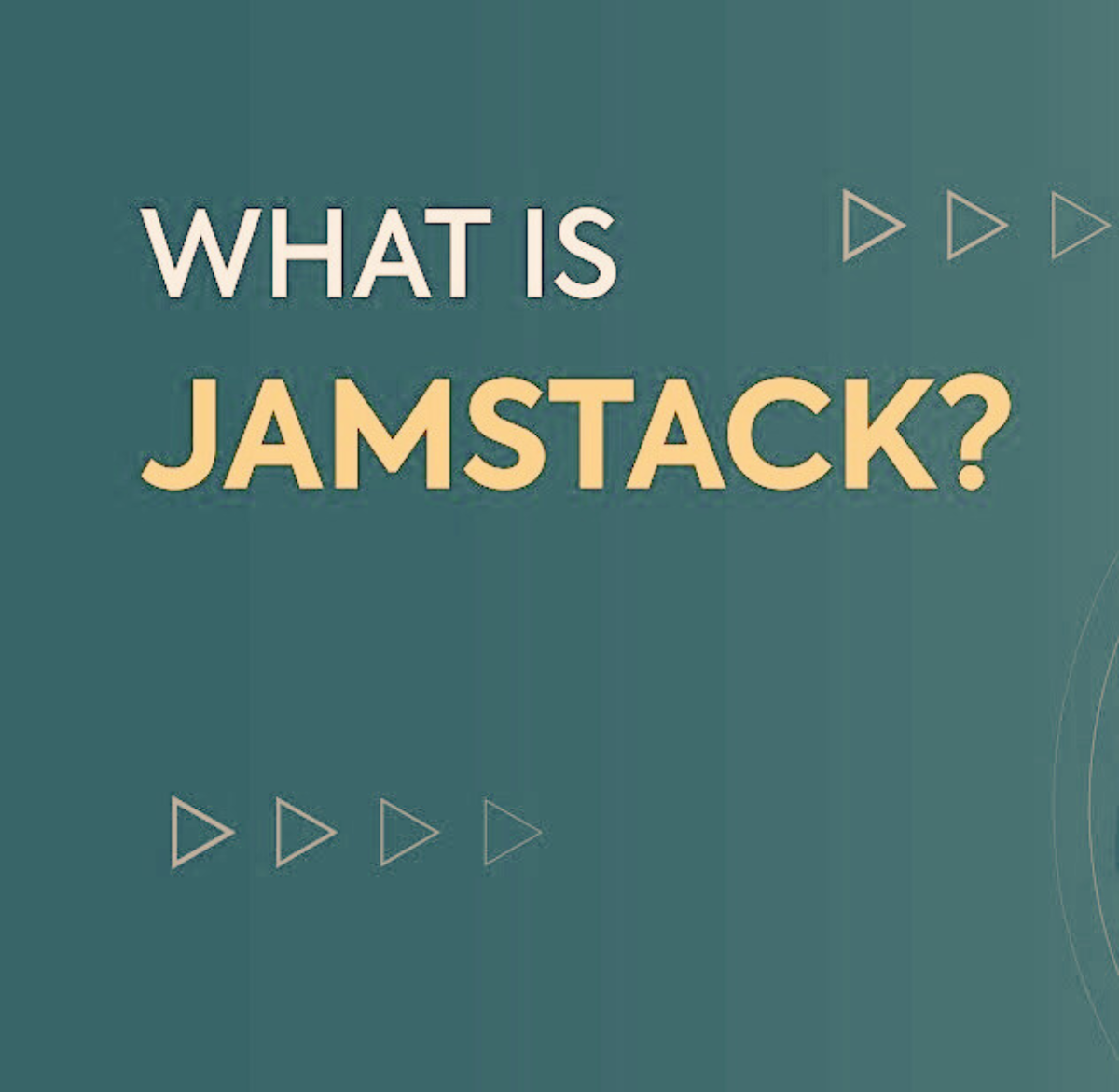
In the fast-paced world of web development, staying ahead of the curve is essential. One approach that has gained significant attention is Jamstack CMS. This article aims to unravel the concept of Jamstack CMS, its advantages, implementation best practices, and more. Whether you're a seasoned developer or a content creator looking to enhance your website's performance, join us as we dive into the fascinating realm of Jamstack CMS. By the end of this article, you'll have a solid understanding of how Jamstack CMS can revolutionize your web development workflow. So, let's embark on this journey and unlock the potential of Jamstack CMS together!
July 13th, 2023
Contact Us
Our email is manager@alt-team.com
Please, do not hesitate to contact us via e-mail or use the form below if you need a quote for your E-commerce project or have any questions about our products or services. We will be glad to answer you in a short time.